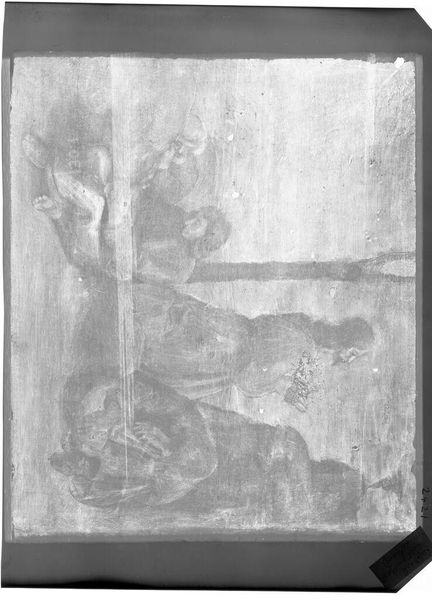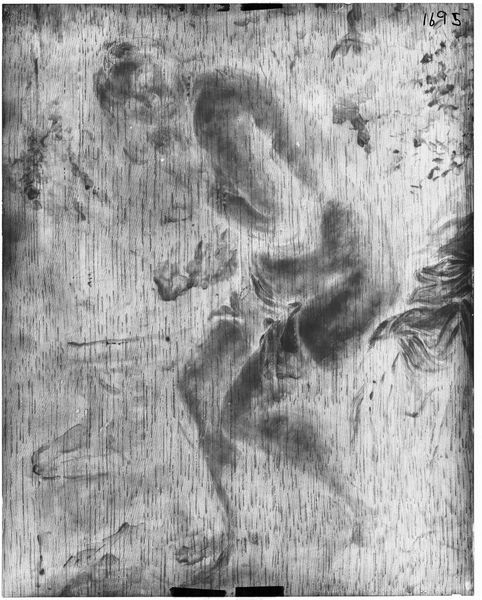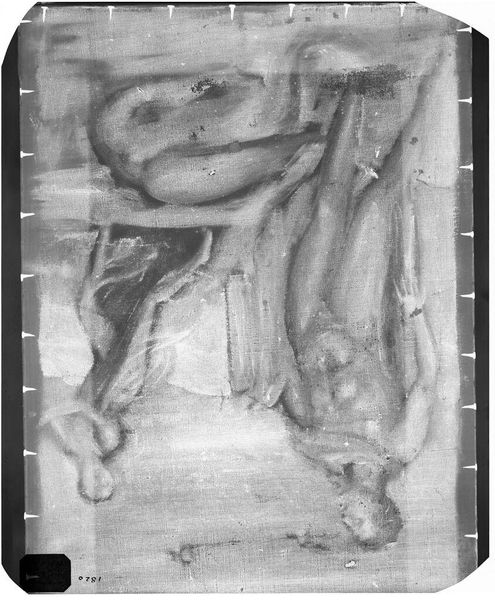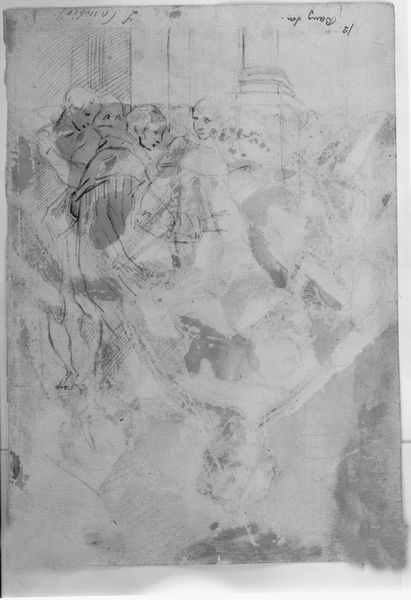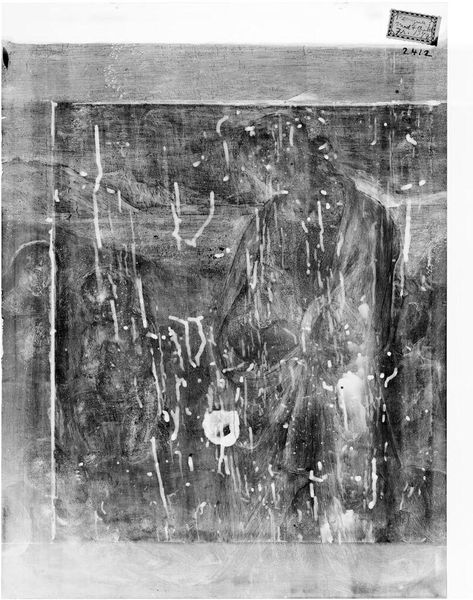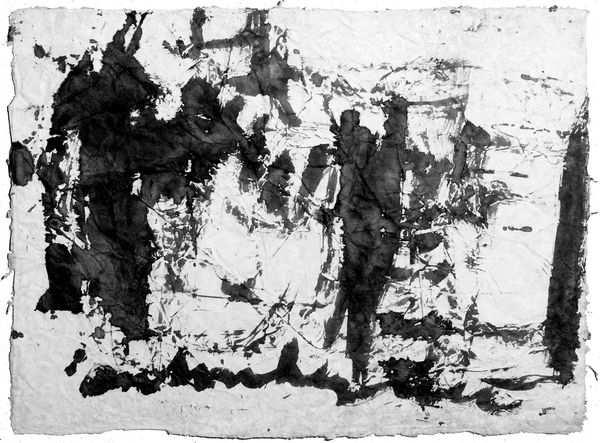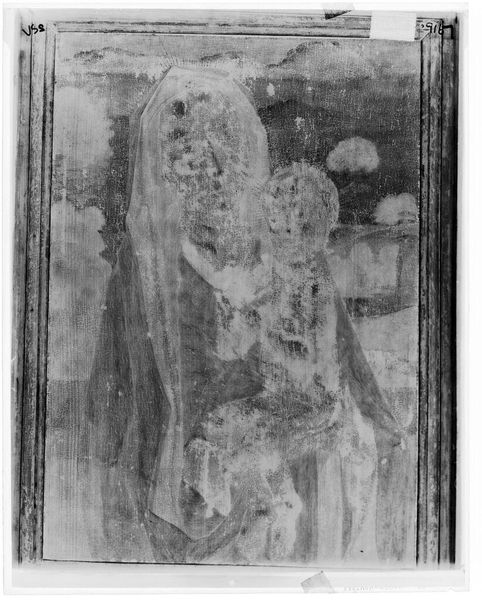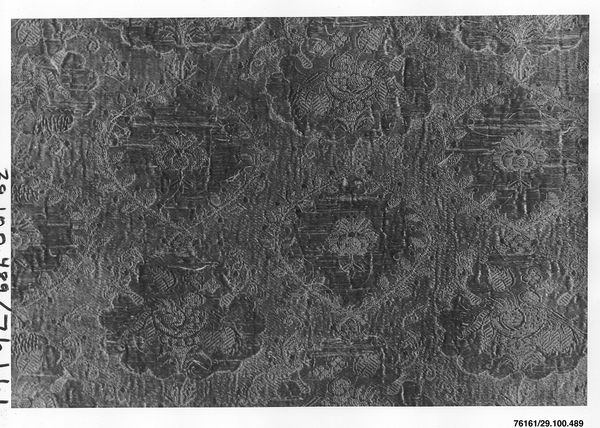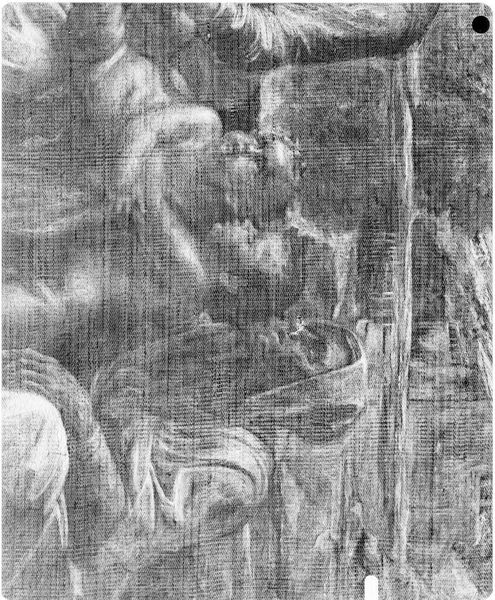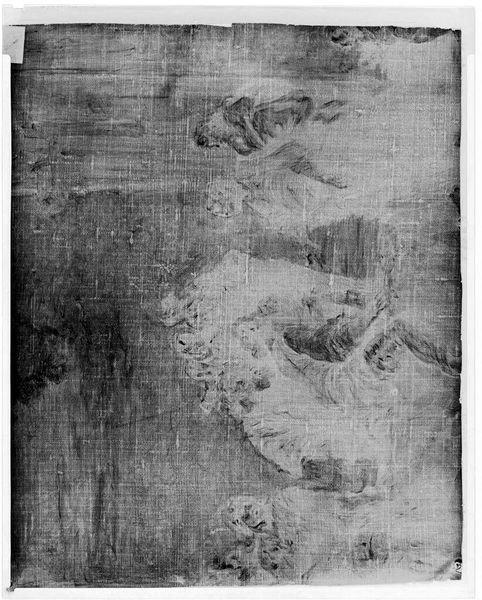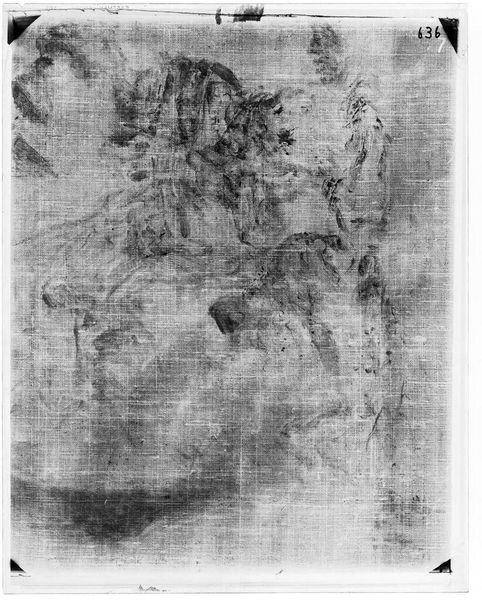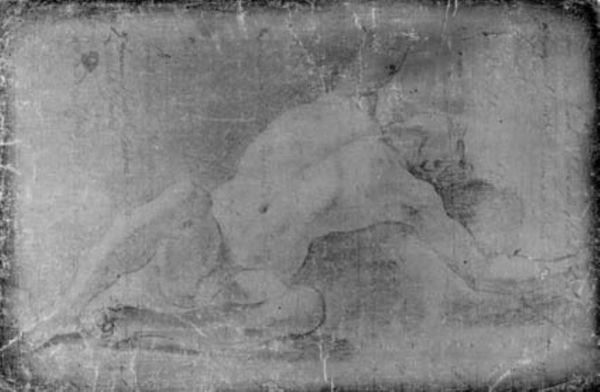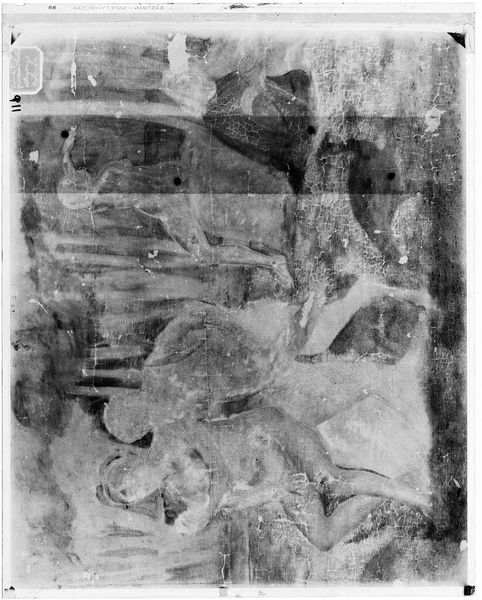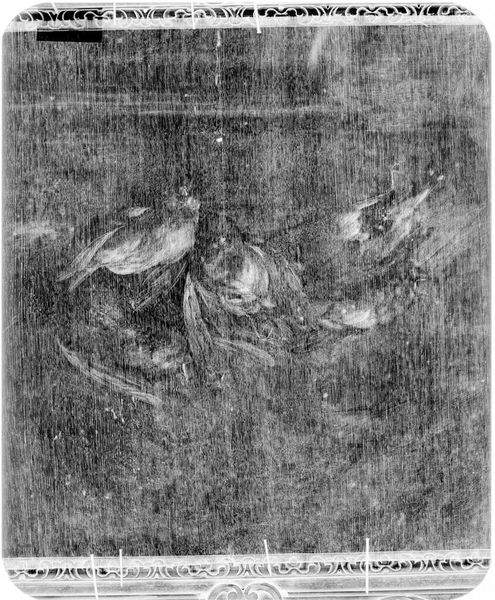
graphic-art, print, intaglio
#
graphic-art
# print
#
intaglio
#
geometric
#
art-informel
#
abstract-art
#
matter-painting
#
line
#
abstract art
#
monochrome
Copyright: Adrien Dax,Fair Use
Editor: We’re looking at "Le Géomètre – impression de relief," a 1967 intaglio print by Adrien Dax. It's intensely monochrome, a stark dance of black and white, creating a textured, almost chaotic landscape. What's your take on it? What springs to mind when you look at this piece? Curator: Oh, chaos whispering order. It feels like peering into the subconscious of a geometer, a mind grappling with form, but through a lens cracked with raw emotion. The Art Informel movement valued spontaneity; you can almost feel Dax's hand wrestling with the plate, making controlled yet unpredictable marks. Do you get a sense of struggle too? Editor: Absolutely! The "controlled unpredictability" resonates, I see the tension. Are the lines suggesting something representational despite its abstract nature? Curator: Perhaps. It flirts with representation, those hard edges seem almost architectural or geological. Dax offers us hints but refrains from easy answers. Maybe it’s a topographical map of the artist’s interior world rather than a literal landscape. It feels heavy, grounded by something beyond mere technique. Does the monochromatic palette add to that heaviness, in your view? Editor: It definitely emphasizes that somber mood. Thinking about the title, "The Geometer," it’s ironic that it's so free-form. It suggests the constraints and subsequent liberation from them. Curator: A delicious paradox, right? Almost like a rebellion *against* precision, channeled *through* a precise medium. He both respects and disregards geometry. What have we learned, then, about where control meets chaos, especially through Dax’s process? Editor: How constraint can breed a powerful sort of freedom, and how looking closely can open a portal into the artist's mind. Curator: Exactly! Art making isn't just about seeing; it’s a visceral act of deconstruction and revelation. A great thing to think about for a student, no?
Comments
No comments
Be the first to comment and join the conversation on the ultimate creative platform.
